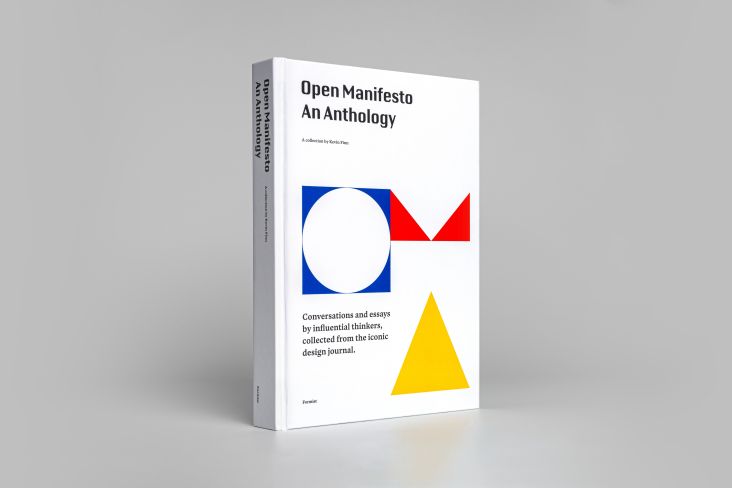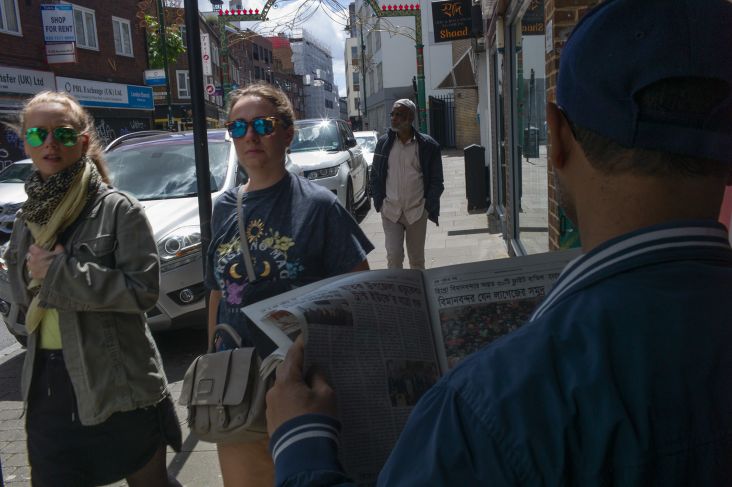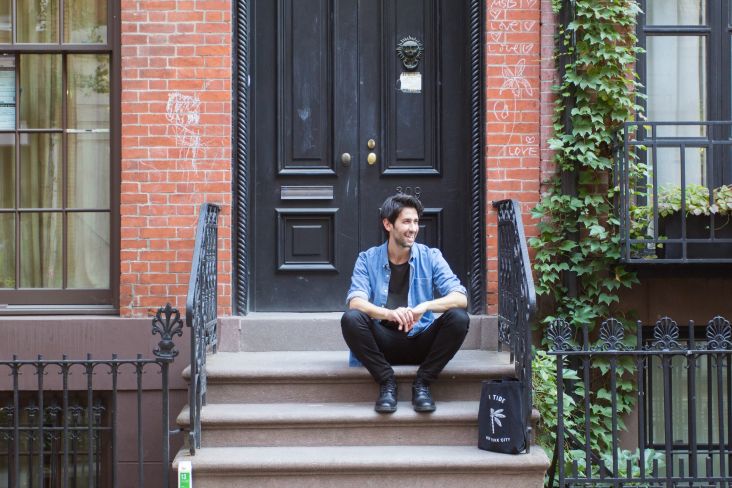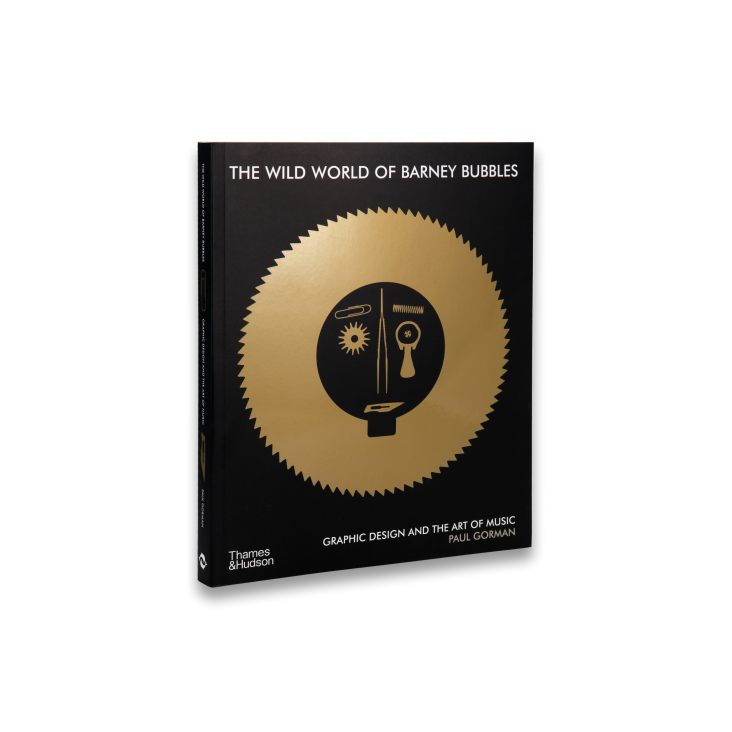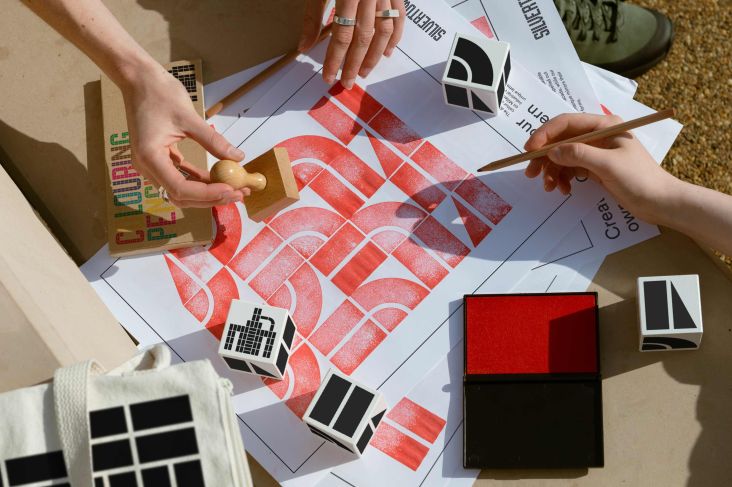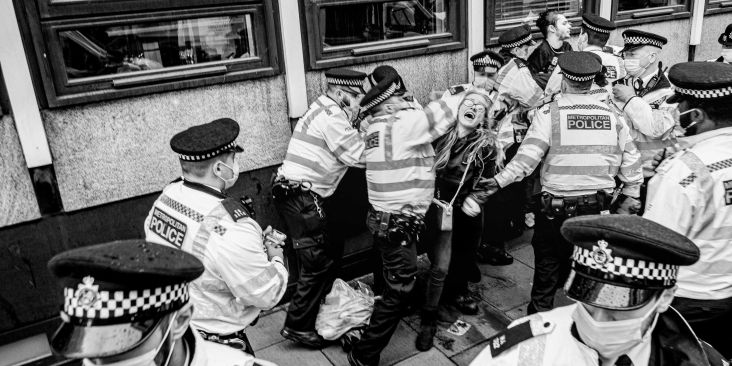Somewhere Yes: Beat Baudenbacher's new book explores the power of brands and how they can save the world
What exactly is branding? It's a simple enough question, but it's also one that can stump people with years of experience in the industry. To help demystify branding and show people how it works, Loyalkaspar's chief creative officer Beat Baudenbacher takes readers on a journey in his new book, which is out this week.
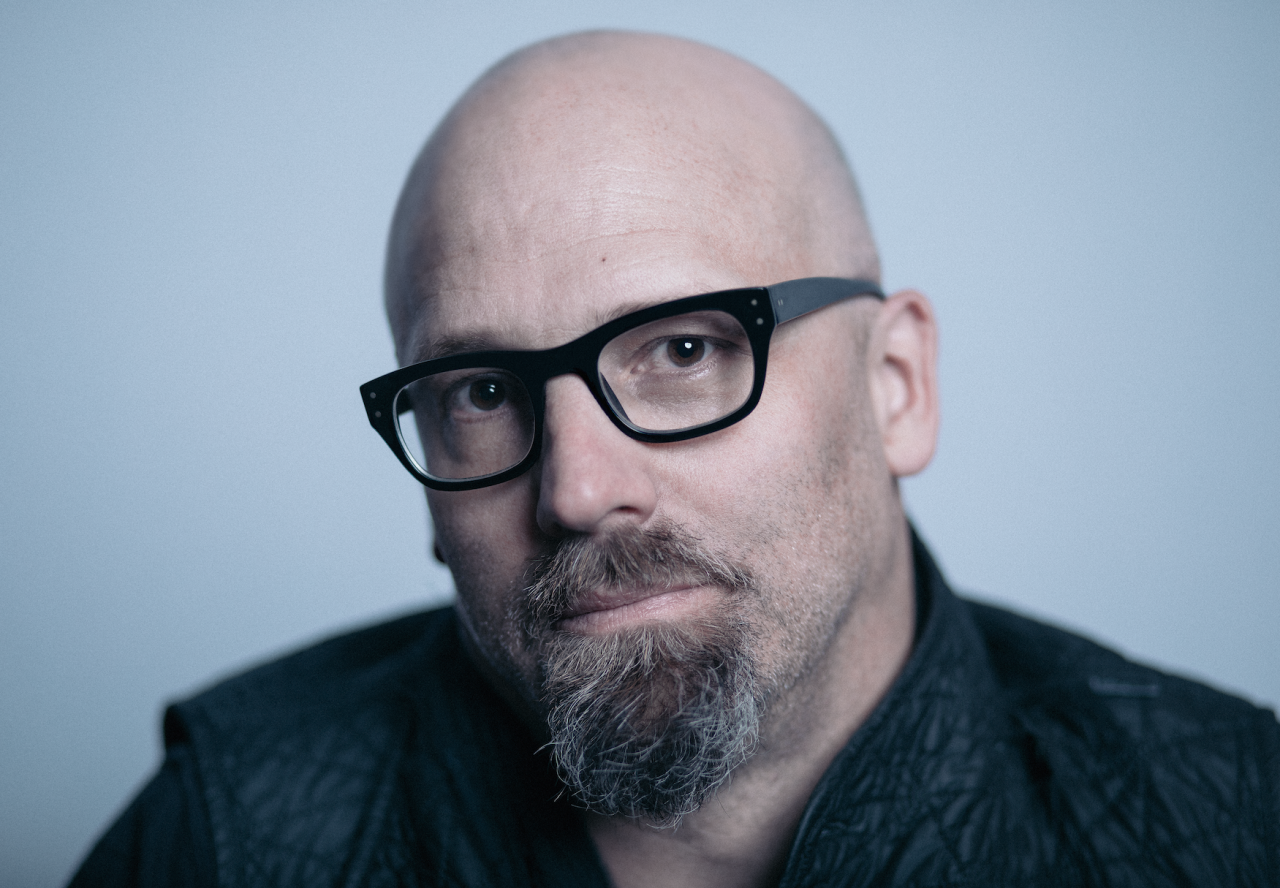
Titled Somewhere Yes: The Search for Belonging in a World Shaped by Branding, Beat's book is a beautifully written and designed publication that allows everyone – not just creative professionals – to get their head around branding. And with the definition of what counts as branding constantly expanding and impacting people's lives in positive and destructive ways, there's arguably never been a better time for people to be equipped with the knowledge contained within its pages.
Taking a broad look at the idea of what constitutes a brand, Somewhere Yes looks at everything from the Catholic church to the Proud Boys in its quest to distil the working parts of what makes a brand. Designed to be read in multiple layers across three chapters, including one looking at the public performance of identity, the role of symbols and language, and how to use branding as a tool to create a shared experience.
Speaking to Creative Boom, Beat tells us that what sets Somewhere Yes apart from other branding books is that it deviates from the traditional mould of how-to books geared towards people who are in or looking to enter the marketing industry. "While I would hope those types of professionals would find my book interesting, in my mind, the audience for Somewhere Yes is much broader," he explains.
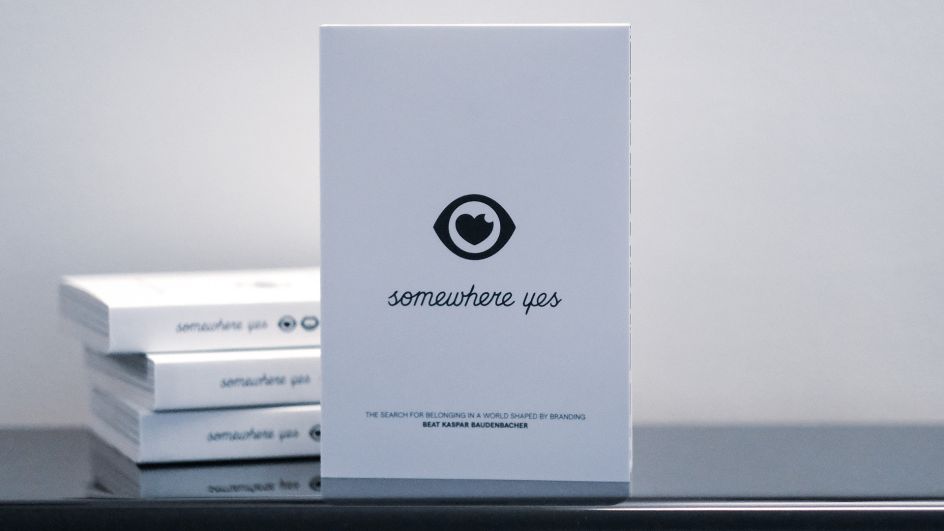
"I do articulate my personal definitions of branding throughout the book, as you might see in a how-to branding book, but the more interesting aspect for me was drawing parallels to topics we don't usually look at through the framework of branding. Things like religion, politics, and media. In that sense, it's more far-reaching than a more typical 'branding book'."
As for the multiple layers of engagement he wanted to create in the book, Beat reveals that this can be traced back to when he first started putting his thoughts about branding on paper five years ago. Back then, he saw them going towards his TED talk, but he realised that he preferred talking through his work than about it, so the idea morphed into a book instead.
"Once I had a good number of pages with words on them, I started pairing them with pictures," he says. "From that point forward, the writing and designing went hand-in-hand; I would have ideas for visuals that I needed to find words for and the other way around."
Beat wanted to find a structure allowing the readers to skim the book if they wanted, which is how he settled on the headline-sentence structure. "You can get the rough overall narrative by just reading those, and, if you want to dig a little deeper, you can start reading the paragraphs," he says. "The small type serves as a sort of "colour commentary" along the way. And, obviously, you can also just look at the design if you want.
Design, to me, is the universal language. It traverses borders, language and cultures. And if employed 'properly', it can have a huge impact on the current state of the world.
"I love the type of book you can pick up at different times in your life, read a little, and put back down. It's sort of like your companion for many years. For me, it's books like What We See When We Read by Peter Mendelsund, Whatever You Think, Think the Opposite by Paul Arden, and The Medium is the Massage by Marshall McLuhan. I hope Somewhere Yes can be that type of book."
As part of the sales pitch for the book, Beat questions whether branding can help reverse the downwards trajectory the world finds itself on. This is baked into his view of himself as a 'creative optimist'. "I believe creativity can solve most problems," he says. "My mother was an artist, my father a surgeon. Both used creativity in unique ways to tackle specific problems they were trying to solve. I think that 'creative optimism' was in the air when I grew up. I happened to find a home in the 'creative messaging industry' of branding and graphic design, where colour, images, and words come together to communicate with large communities.
"Design, to me, is the universal language. It traverses borders, language and cultures. And if employed 'properly' – to communicate messages and solve visual 'problems' that benefit humanity and society as a whole, rather than just to make a profit or sell more products – it can have a huge impact on the current state of the world."
What about bad actors who don't employ branding with a positive intention? How can people protect themselves from them? "To me, branding is a tool, a process of distillation, articulation and, ultimately, expression," says Beat. "It's an amoral process. If you put something positive in, you'll get something positive out. If you put something negative in, you'll get something negative out. Branding, by necessity, flattens complexity.
"The best brands are instantly recognisable signals that guide us through our daily lives. The most powerful brands are also open to interpretation; they mean different things to different people. The result is that we tend to float through this universe of 'visual soundbites' without a common understanding of their meanings.
"I think simply understanding this dynamic can be helpful, something I started calling 'brand literacy.' Greater awareness of the signals being thrown our way empowers individuals to try to see through and minimise the brand overload we're all experiencing."
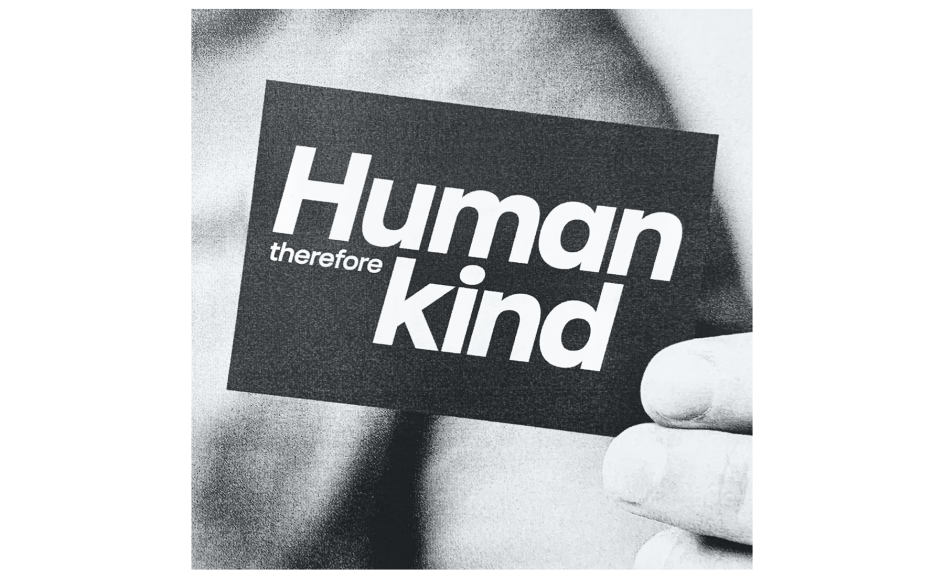
He continues: "I also feel like many 'bad actors' are great at branding! They are good at simplifying complex issues into singular, often inflammatory soundbites. Hate, for some reason, reduces well, whereas Hope tends to be more complex. These are the types of mechanisms I think brand literacy can help us understand."
Understanding something is part of an ongoing process, and Somewhere Yes is no exception. Beat feels that putting the book together clarified things that had been floating around in his head for a while, but it also crystallised thoughts that only came to him after it was finished.
"One of the most fundamental things that has solidified in my thinking is that the strength of branding is also its biggest weakness," he concludes. "By that, I mean that the process of branding distils a thing – usually a product, place, service, or person – down to its essence. That process, however, also flattens – it gets rid of nuance and complexity. Which is definitely something I'll keep in mind for the rest of my career."
Somewhere Yes: The Search for Belonging in a World Shaped by Branding by Beat Baudenbacher is available to buy now from www.loyalkaspar.com.

















